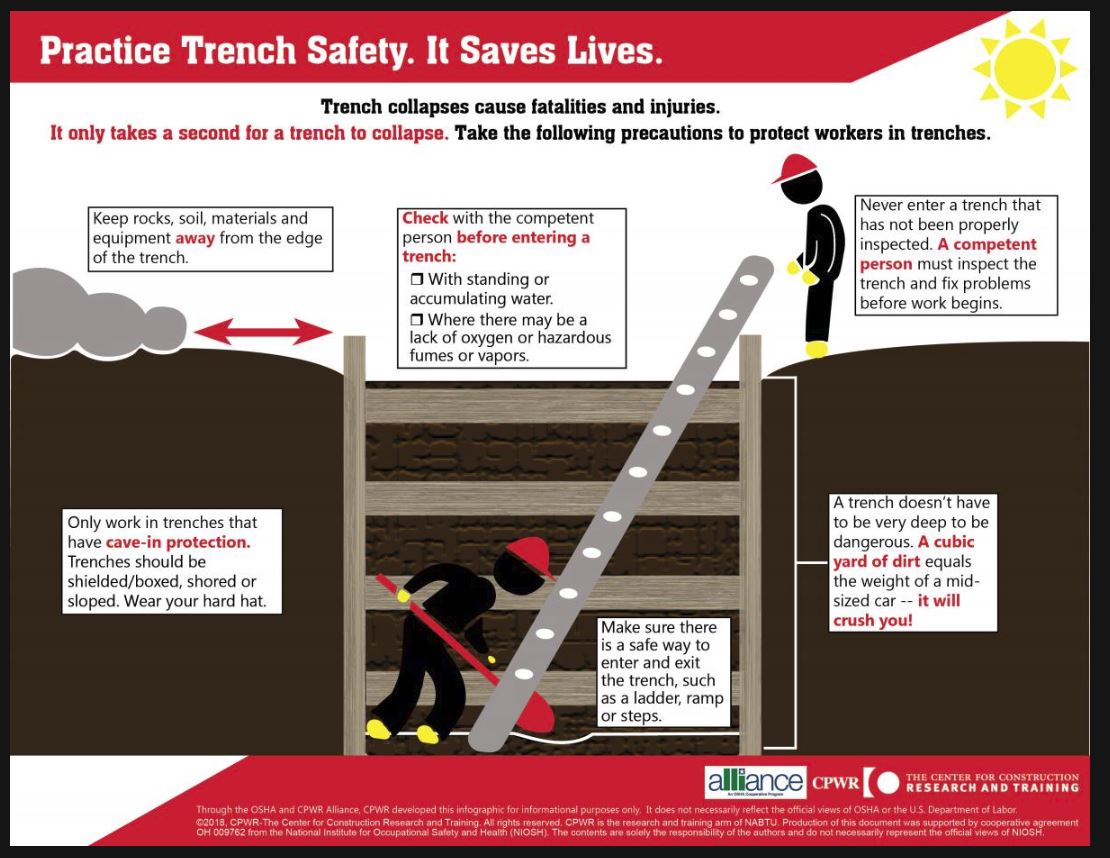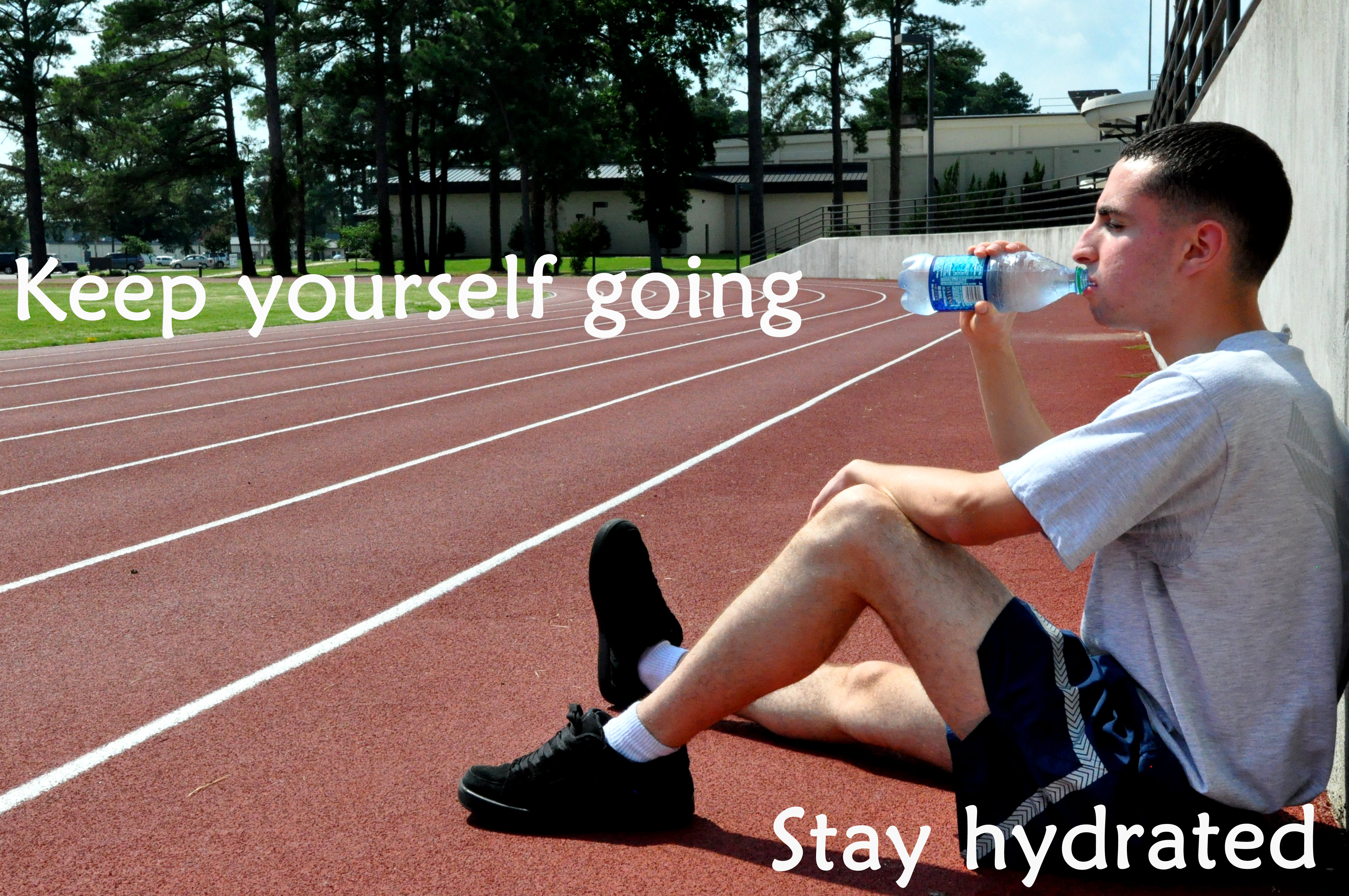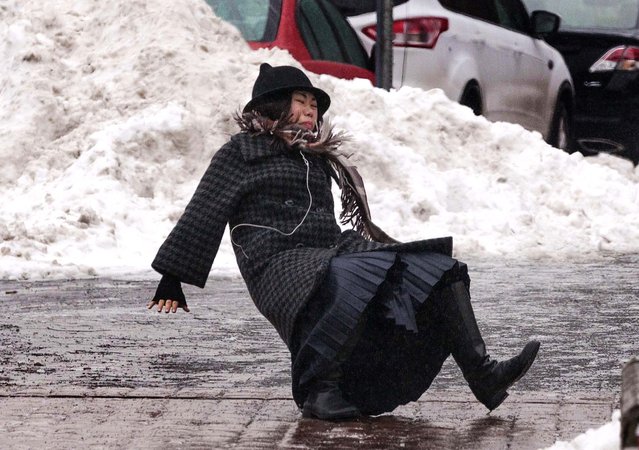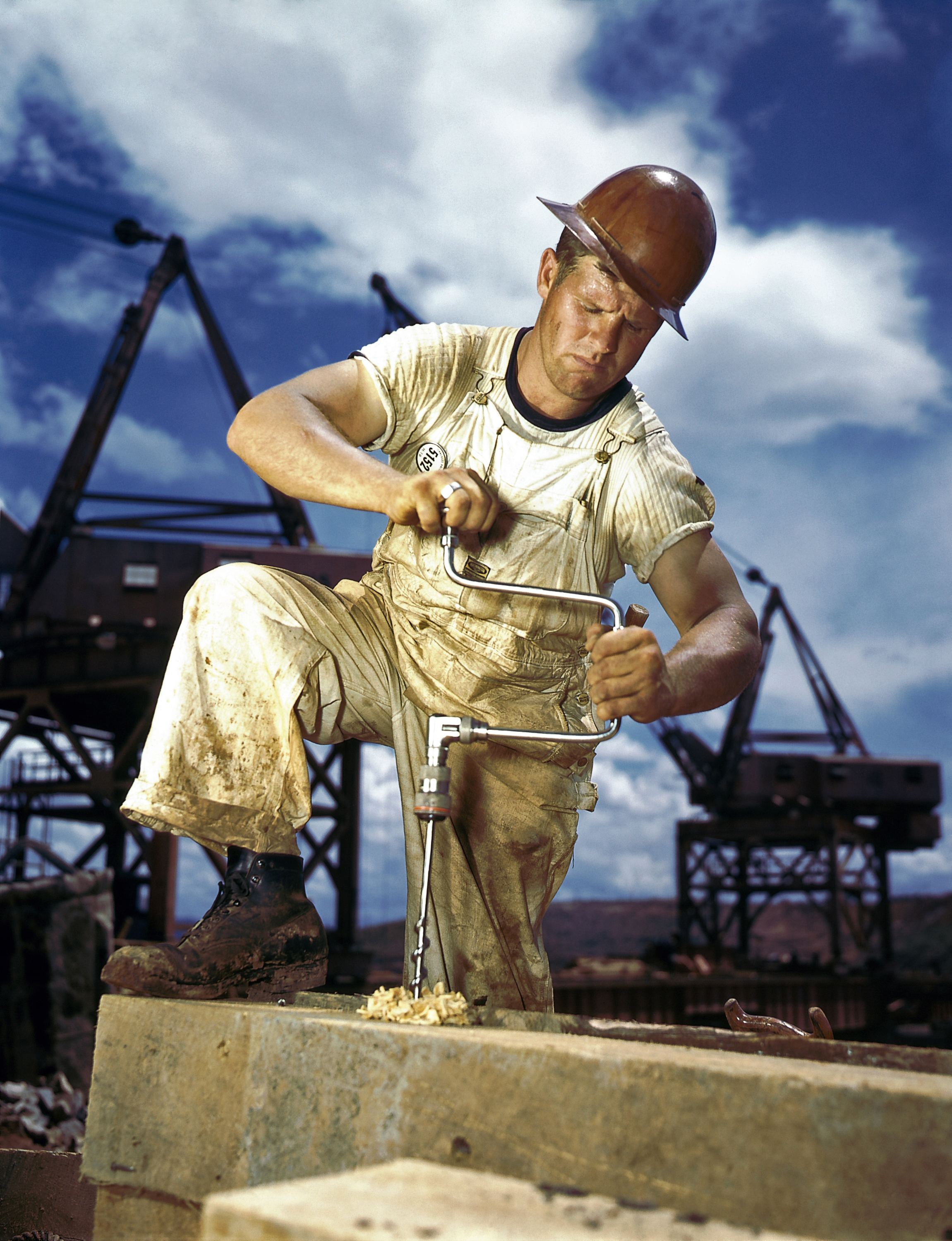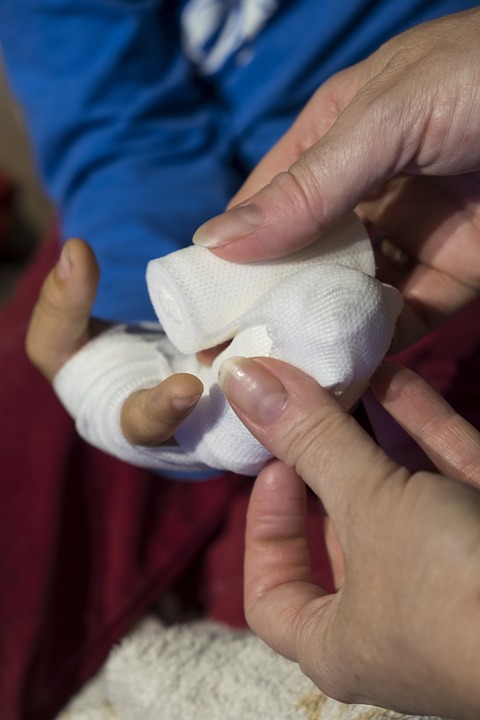 A third of children injuries occur at home. While suffocation is the number one cause of death for toddlers, older children also are at risk of suffering unintentional injuries that can be deadly. Because children are spending most of their time at home, it is important for parents to understand how to proprely childproof their home. The most common and dangerous accidents leading to children injuries in the house are drownings, burns, poisonings and falls. Therefore while childproofing their home, parents should identify the high-risk zones:
A third of children injuries occur at home. While suffocation is the number one cause of death for toddlers, older children also are at risk of suffering unintentional injuries that can be deadly. Because children are spending most of their time at home, it is important for parents to understand how to proprely childproof their home. The most common and dangerous accidents leading to children injuries in the house are drownings, burns, poisonings and falls. Therefore while childproofing their home, parents should identify the high-risk zones:
Any water area such as bathtub, jacuzzi, pools but also toilets, sinks and other receptacles that can contain water such as buckets should be protected. While infants are the most at risk to sink in their bath, young children have the highest risk of drowning in pools. Drowning often leads to death. Children who survive a drowning often suffer brain injuries. Parents should be aware that children drowning can happen quickly, silently and without splashing even in very small amounts of water. Adult supervision should be constant when children are taking a bath or playing with water. Potentially dangerous areas need to be protected as young children are attracted by water but are not conscious of the inherent risk. Additionally parents should be aware that diapers can also be a cause of danger near water as they can quickly fill up with water, increasing the risk of drowning.
Areas with heat or flame such as kitchen, fireplace or BBQ can result in dangerous burn injuries if children are left alone near them. Children should not only never be left unattended in a room when heating items are in use but parents should also make sure to block access to the stove, the fireplace, the radiators or the space heaters. Hot spills can also lead to burns. Parents should never handle hot liquid while holding a child or near a child. While cooking, the handles of the pots should be turned toward the rear of the stove and its preferable to use back-burners whenever possible. Any hot device should be kept out of reach of children and so should electrical cords. Electrical outlets should be covered. The use of a cold mist humidifier is also a wiser choice to protect children from burns. Other common sources of children burns are bath water and food. Parents or care givers should always put their own hand in the bath to make sure the temperature is ok and test food first before giving it to your child.
 Children and adolescents are prone to traumatic brain injuries (TBI). Among the 1.7 million patients diagnosed every year with TBI in the US, 700,000 are children below 19 year old. A recent study by Bina Ali, Bruce A Lawreence, Ted Miller from the Pacific Institute for Research and Evaluation and Jennifer Allision from Health Imperative in Brockton, MA that was recently published in the Official Research Journal of the International Brain Injury Association (IBIA) investigate leading consumer products and activities that can cause children and adolescents to suffer traumatic brain injury.
Children and adolescents are prone to traumatic brain injuries (TBI). Among the 1.7 million patients diagnosed every year with TBI in the US, 700,000 are children below 19 year old. A recent study by Bina Ali, Bruce A Lawreence, Ted Miller from the Pacific Institute for Research and Evaluation and Jennifer Allision from Health Imperative in Brockton, MA that was recently published in the Official Research Journal of the International Brain Injury Association (IBIA) investigate leading consumer products and activities that can cause children and adolescents to suffer traumatic brain injury. New York Personal Injury Attorneys Blog
New York Personal Injury Attorneys Blog


